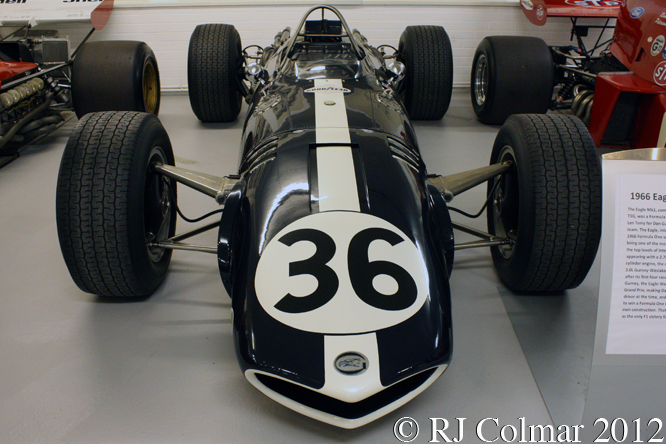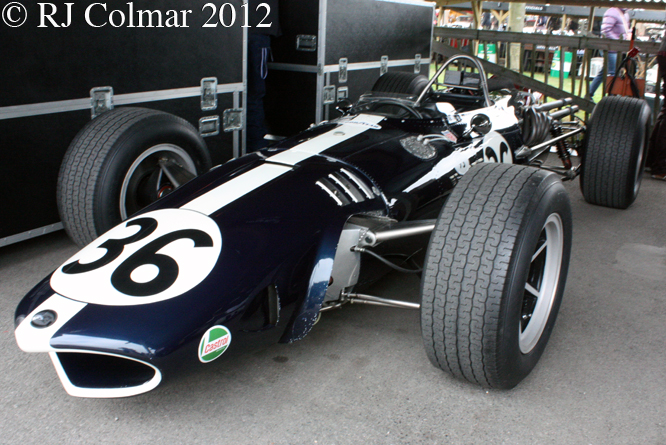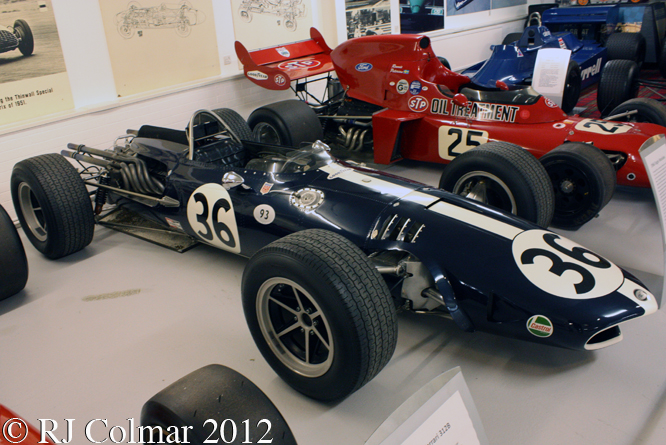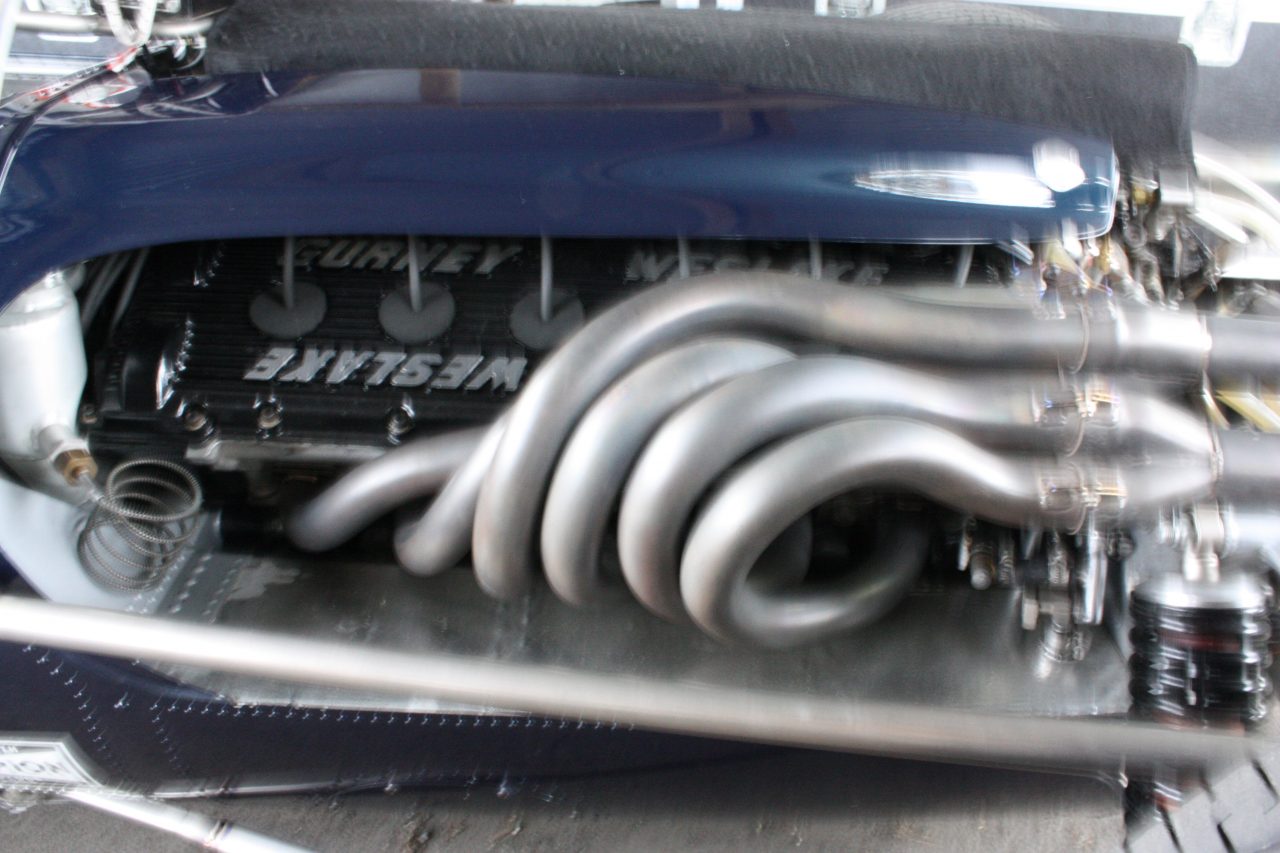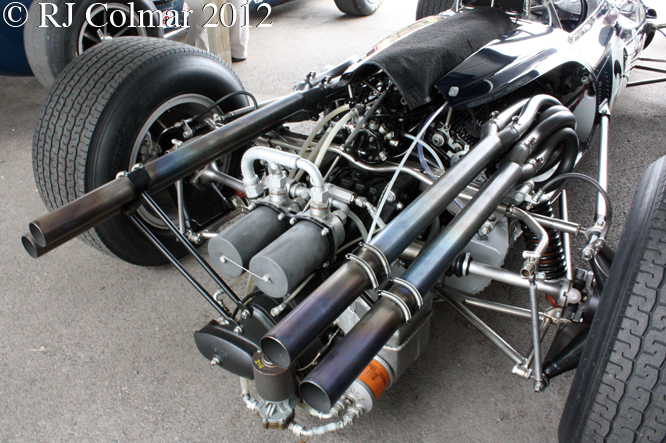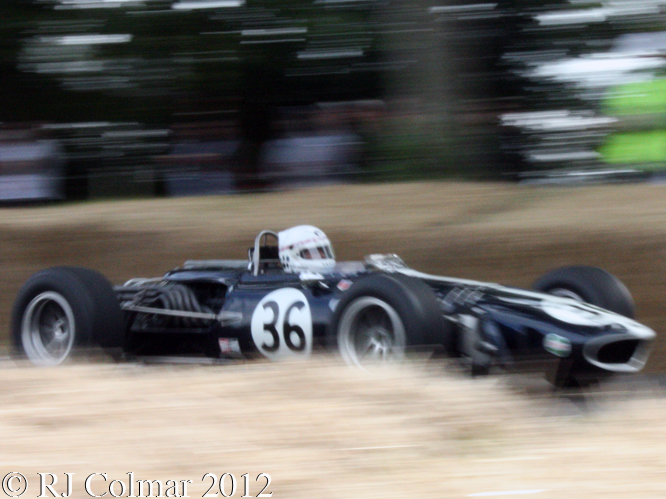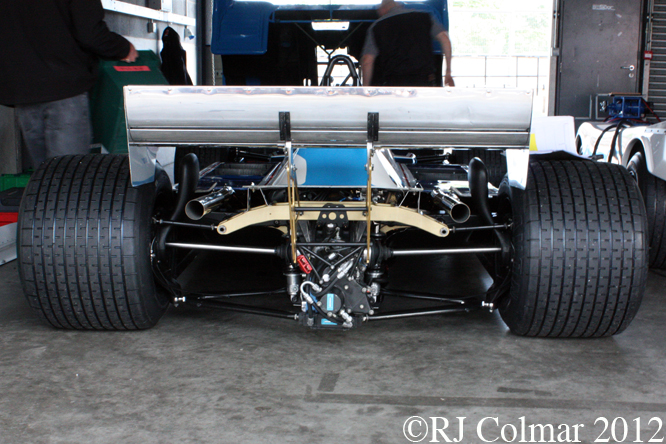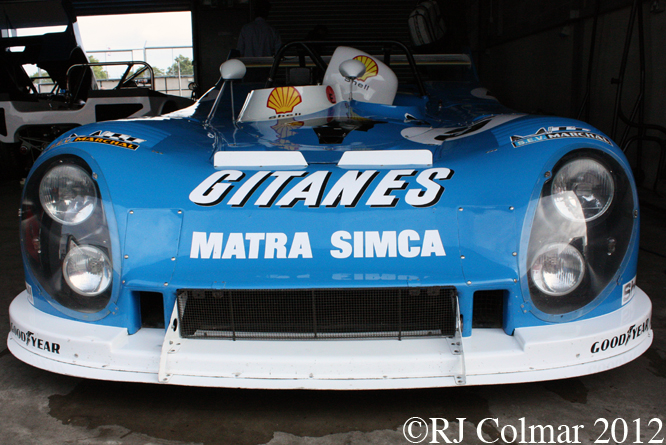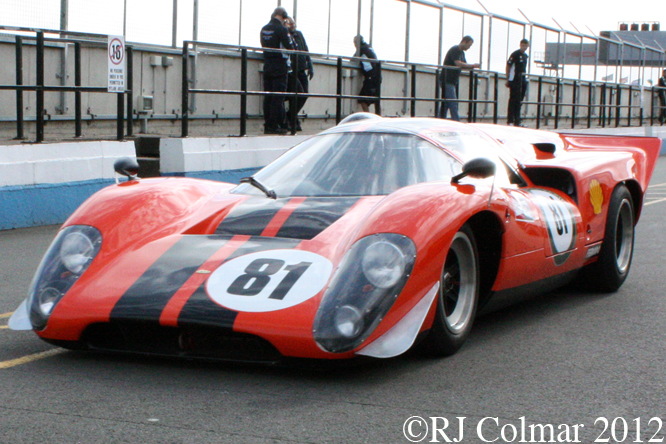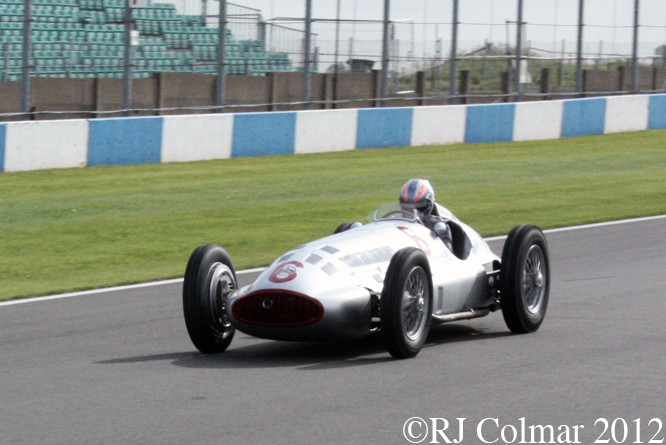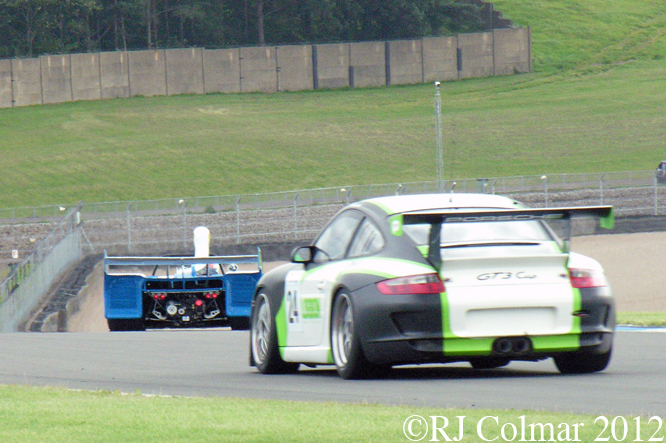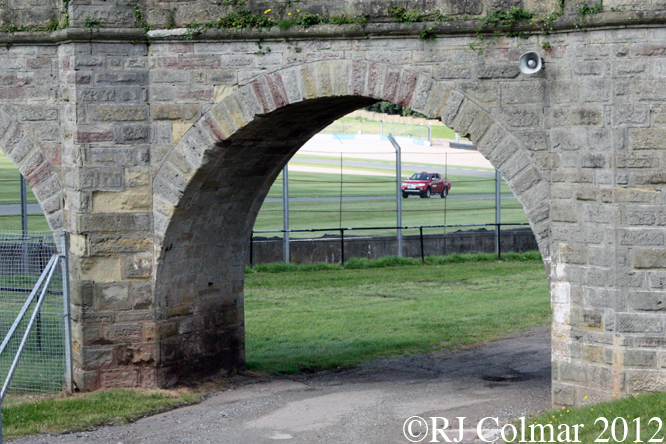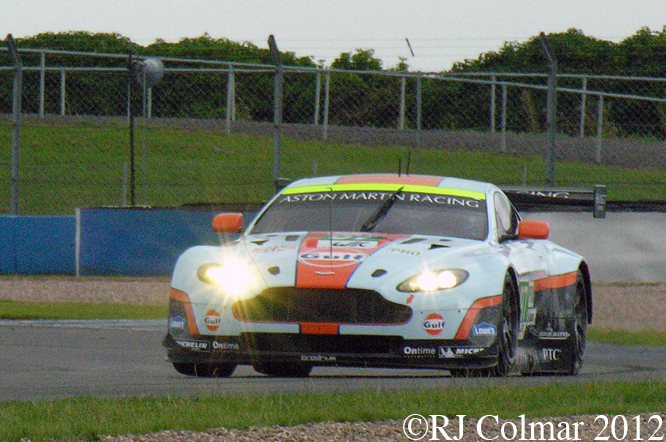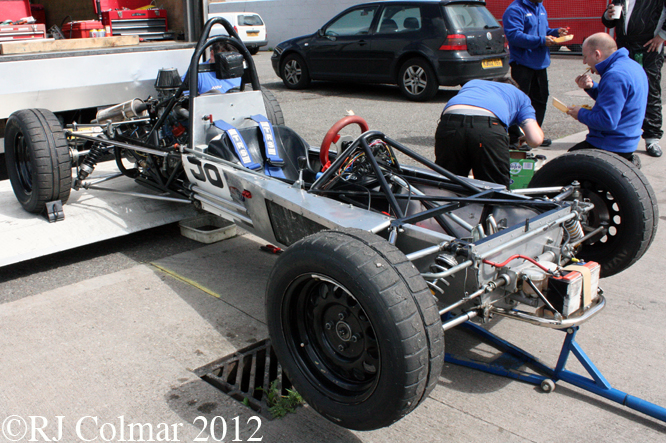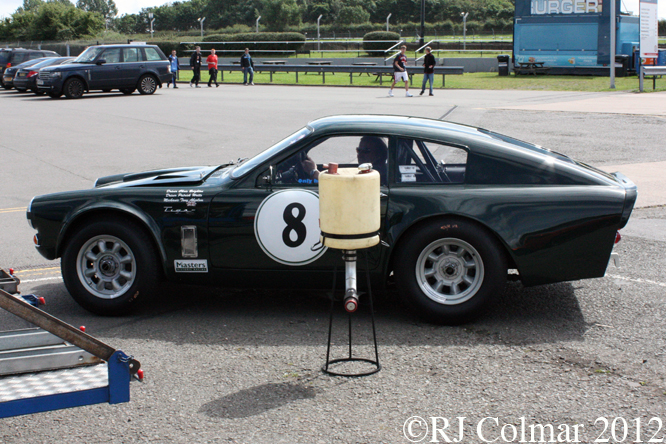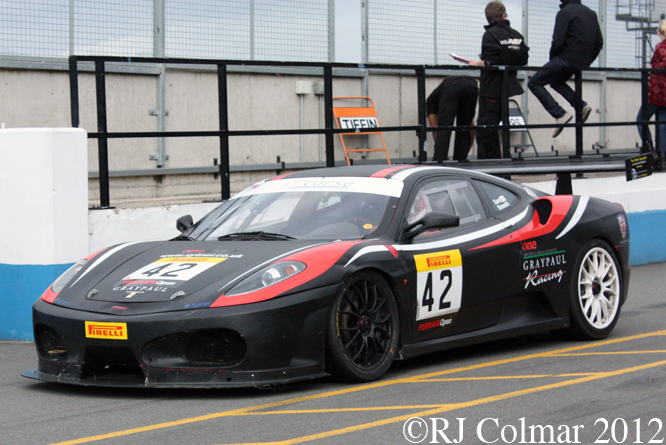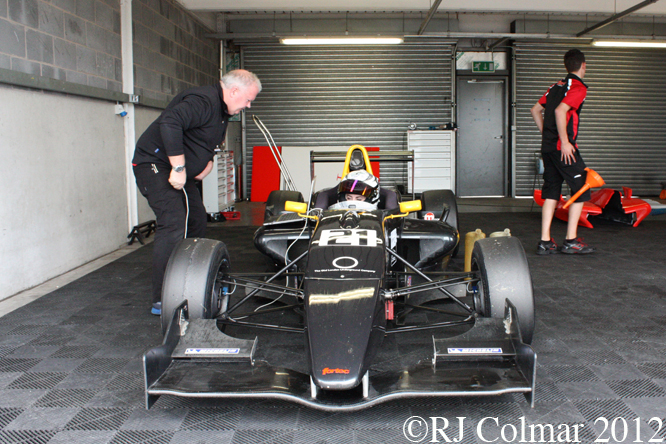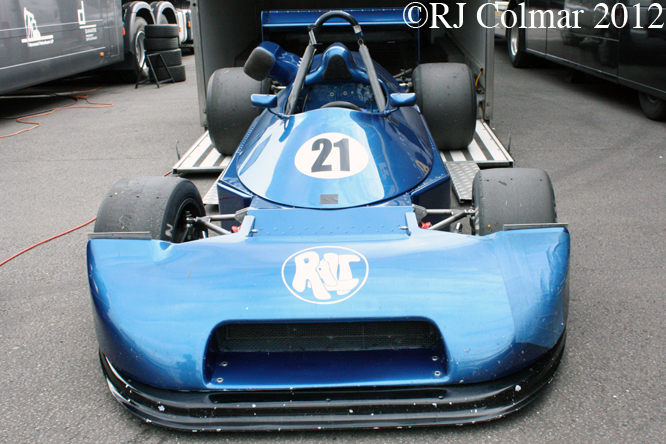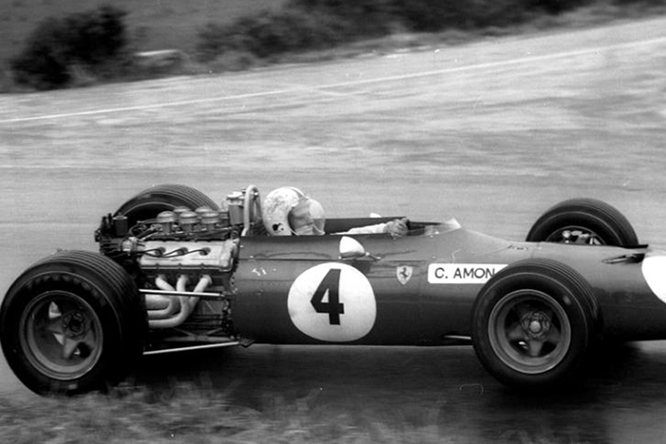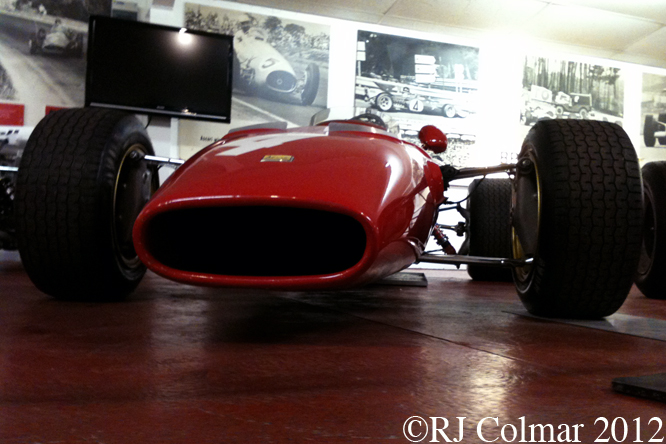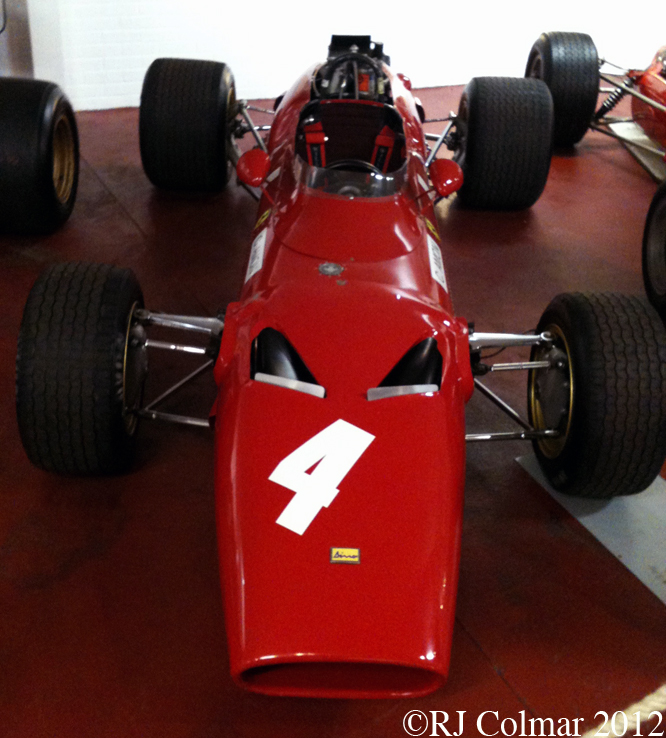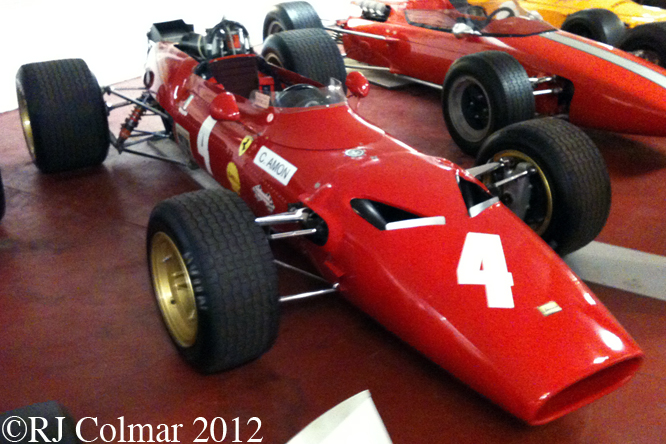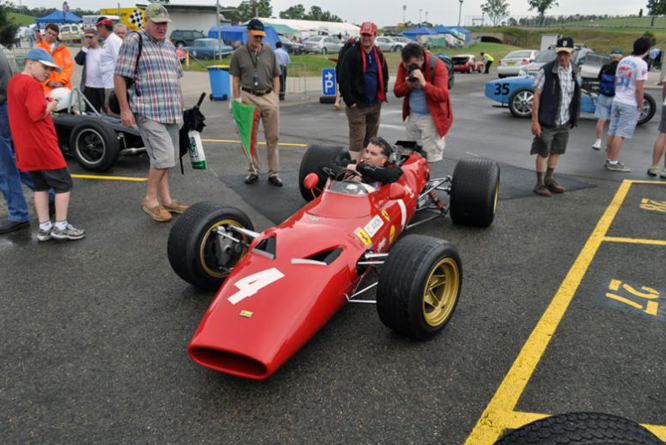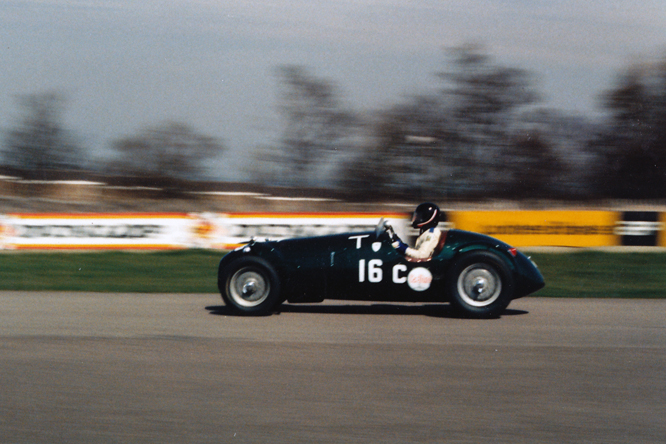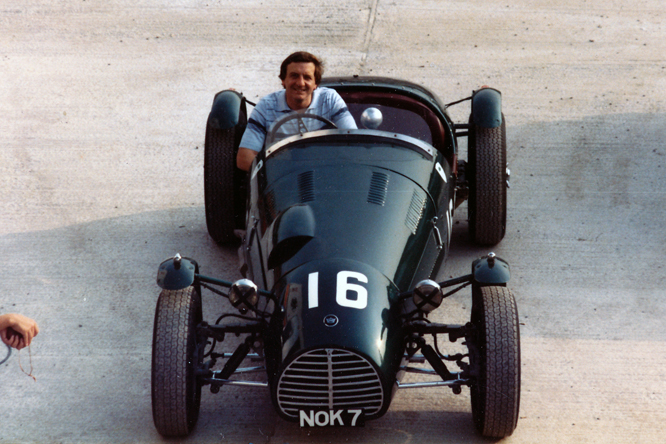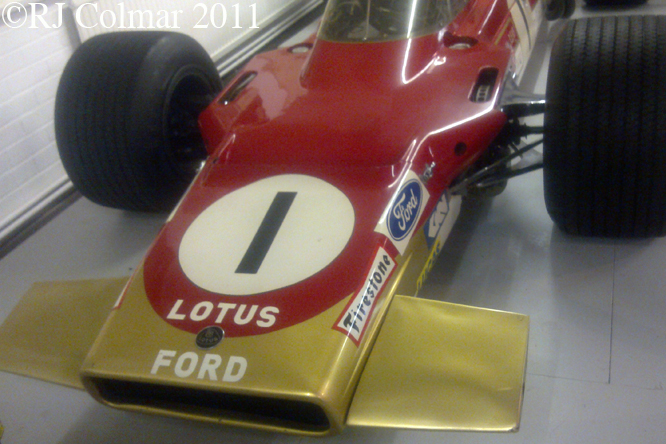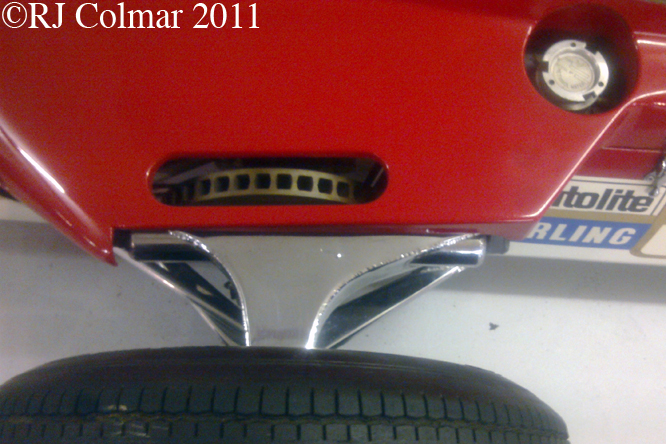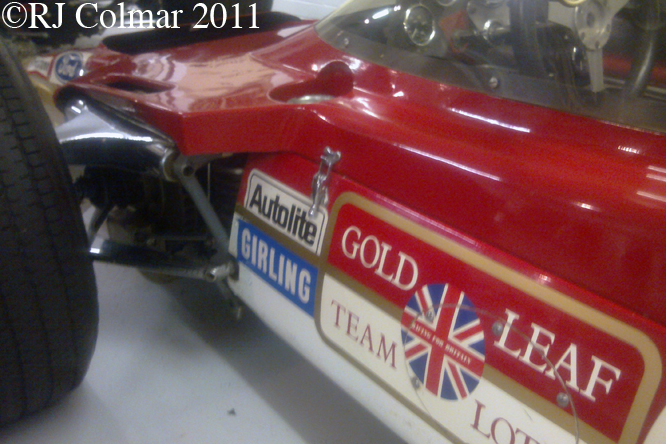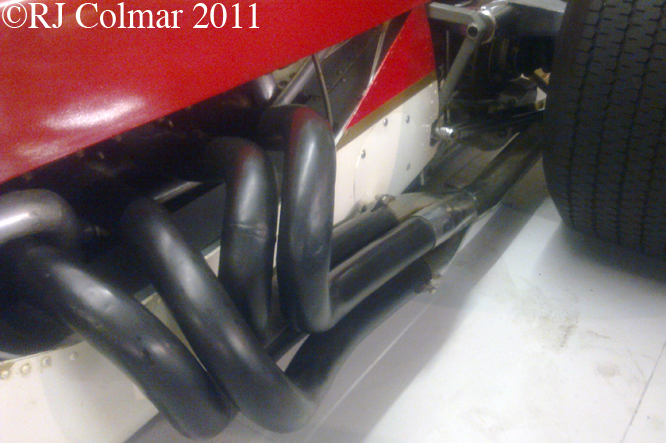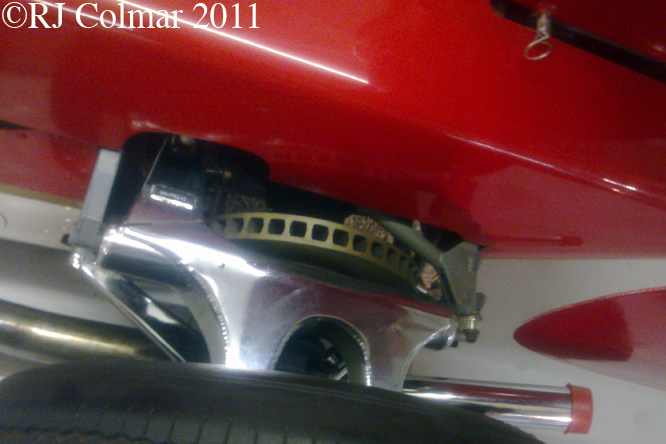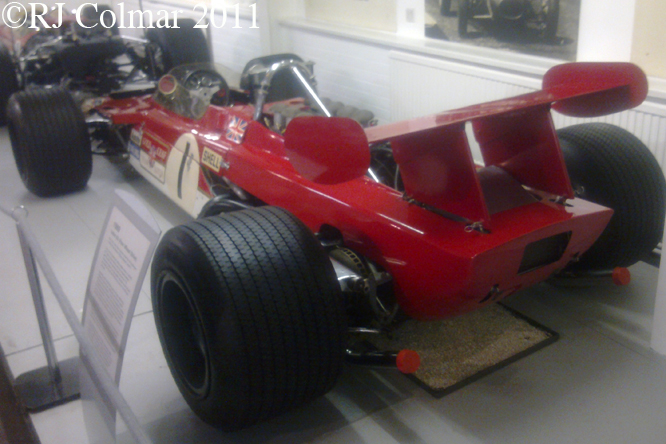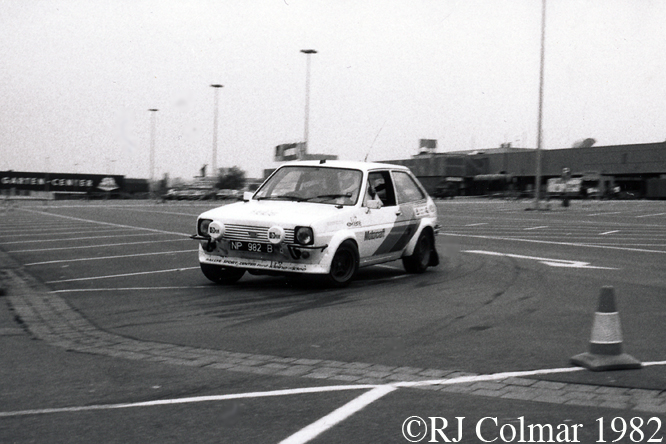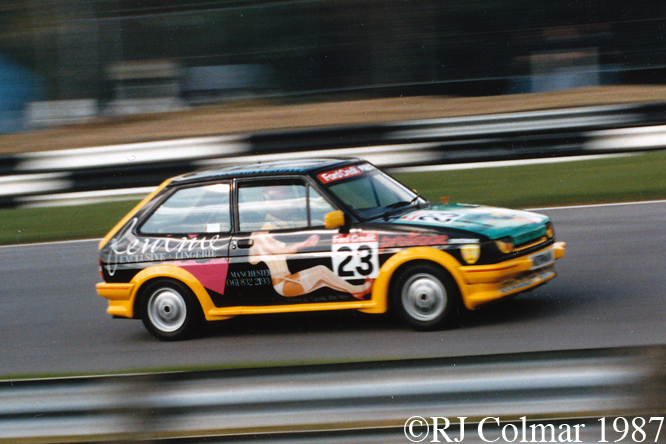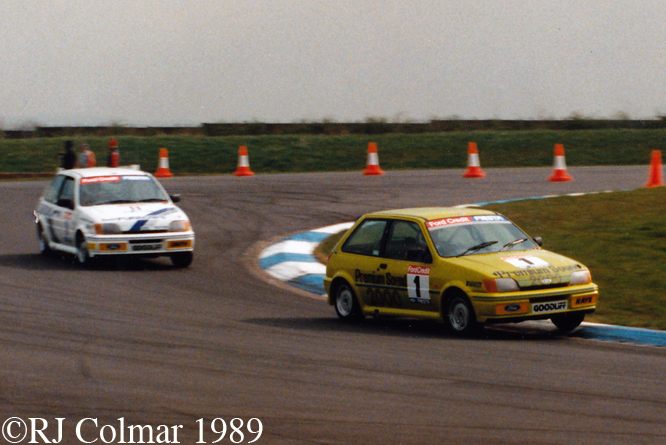After the limited success of the Ferguson P99 in circuit racing from 1961 to 1963 Peter Westbury drove the P99 in 1964 and won the British Hillclimb Championship.
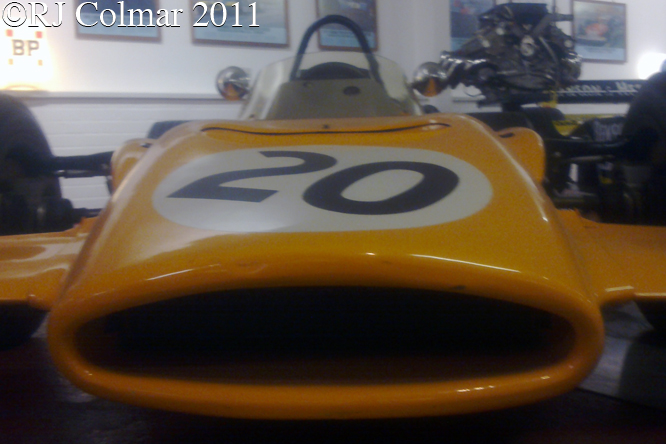
Meanwhile Andy Granatelli working with Ferguson had entered Bobby Unser in the Studebaker STP Special for the 1964 Indy 500 where he qualified 22nd but retired after an accident on the opening lap. BRM also became interested in all wheel drive in 1964 building the BRM P67 to test the system in anticipation of the forthcoming 3 litre / 183 cui motors that were to be mandated for Formula One in 1966. The P67 was driven in practice for the 1964 British Grand Prix by Grand Prix debutant Richard Attwood where the car was the slowest to take part. BRM concluded remarkably quickly that all wheel drive held no benefits for them and with drew the car from the race.
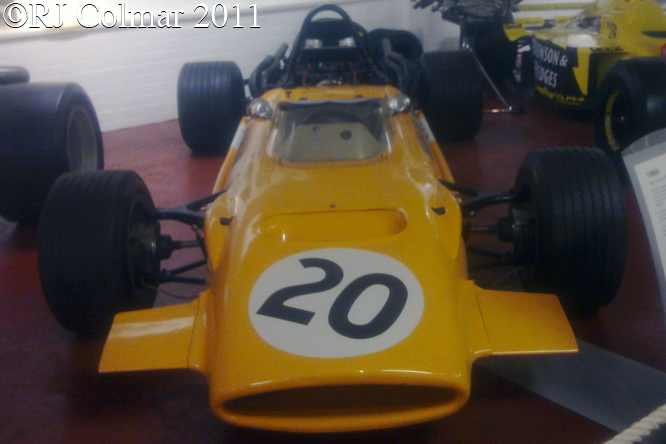
In 1968 Peter Westbury resurrected the P67 to win the British Hill Climb Championship again. By this time the Granatelli entered ’67 Paxton Special and ’68 Lotus 56 had both come with in 25 miles of winning the Indy 500 in successive years with gas turbine cars both featuring all wheel drive.
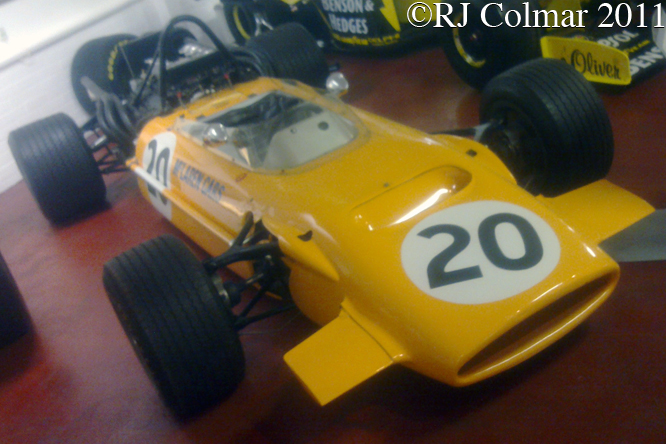
By 1969 four teams were ready to try all wheel drive again despite BRM’s Tony Rudd telling anyone who would listen that the system would not work in Formula One. One of those teams was led by Bruce McLaren who helped Swiss designer Jo Marquart with the Ford Cosworth powered M9A.

The car was tested and entered into the 1969 British Grand Prix for Derek ‘Dinger’ Bell to drive. Derek qualified 15th, of seventeen, and retired having completed just 5 laps when the rear suspension failed.
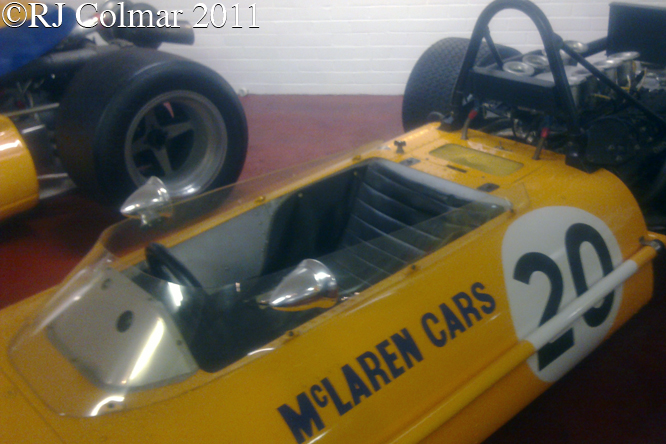
For McLaren this was enough to confirm what BRM had realised, that all wheel drive was not for Formula One, by 1969 improvements in aerodynamics and tyres which by now were much wider than when the Ferguson P99 first appeared had reduced the necessity for drive to the front wheels.
Thanks for joining me on this “Dinger’s All Wheel Drive” edition of “Gettin’ a li’l psycho on tyres” I hope you will join me again tomorrow. Don’t forget to come back now !


